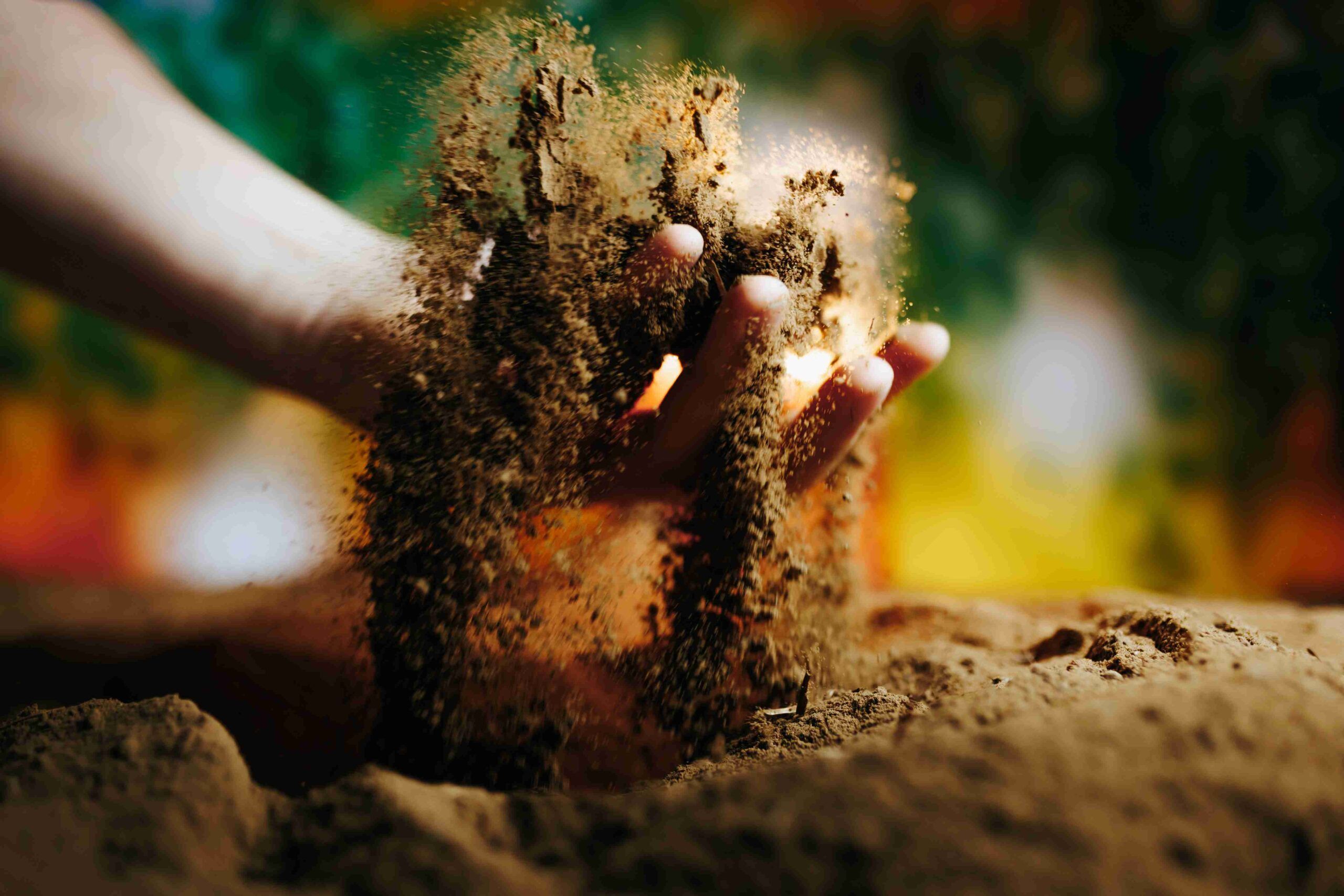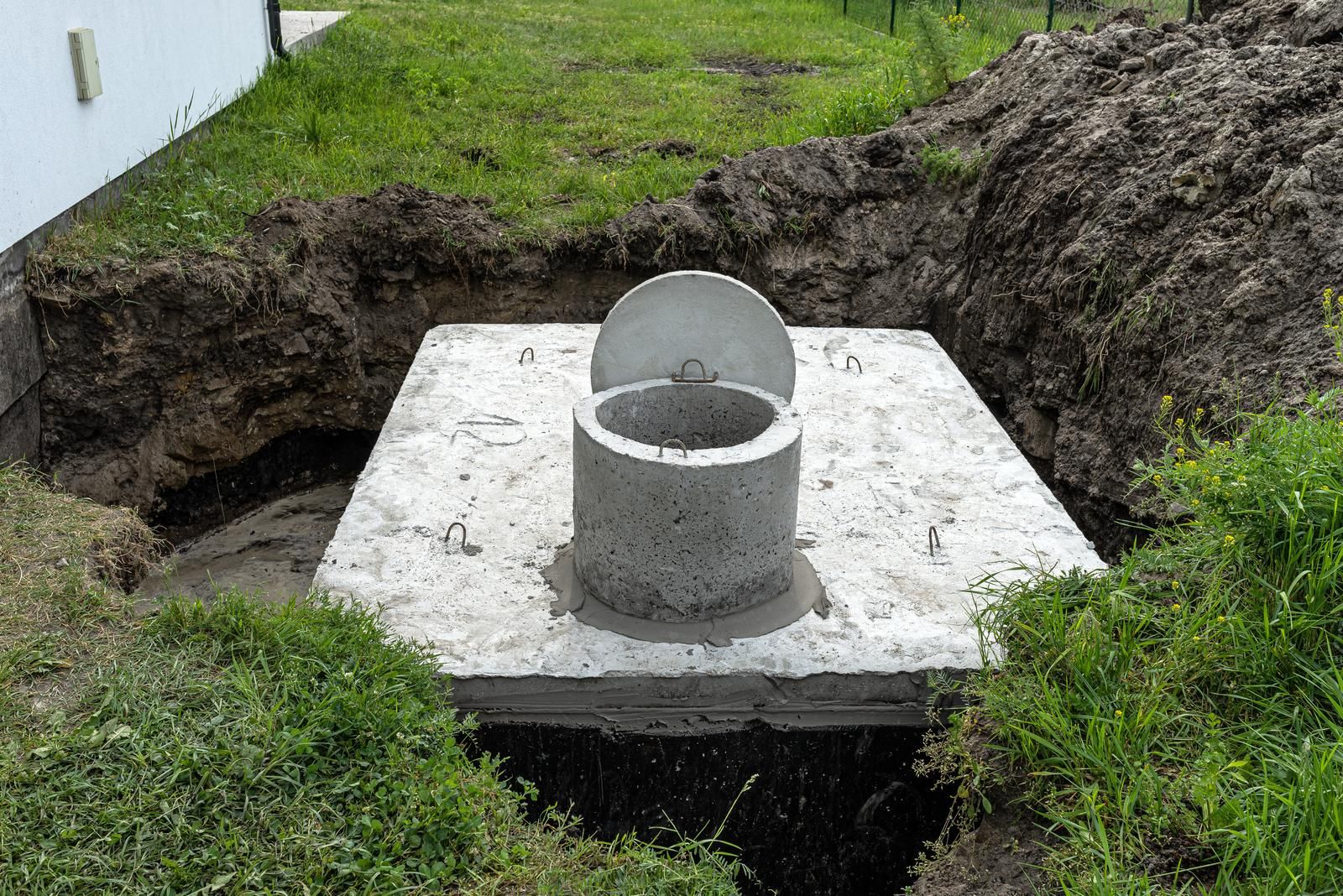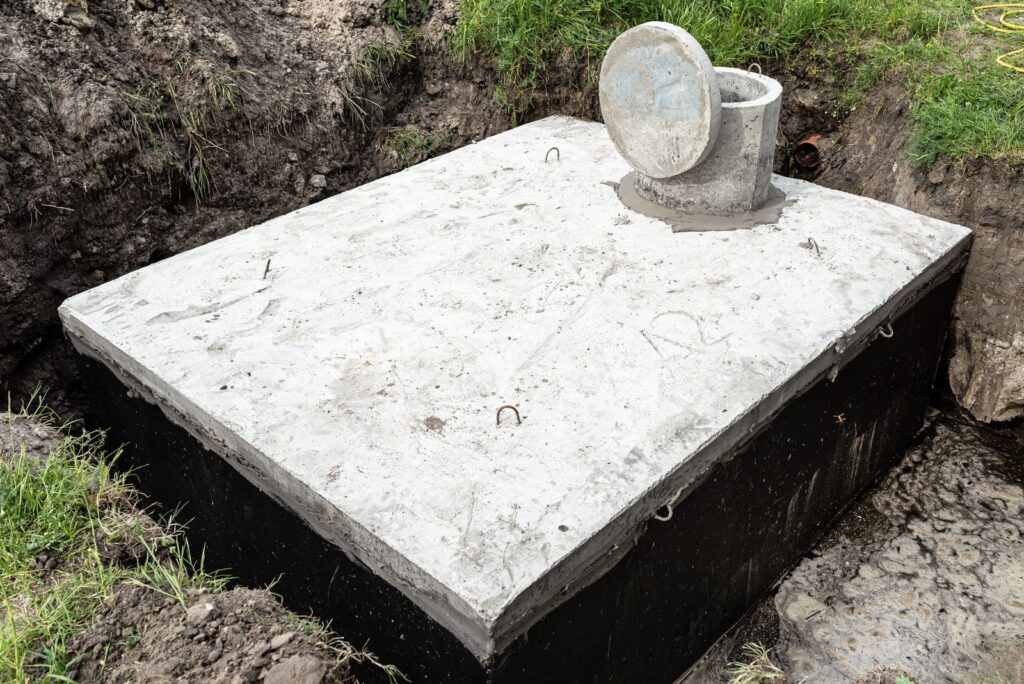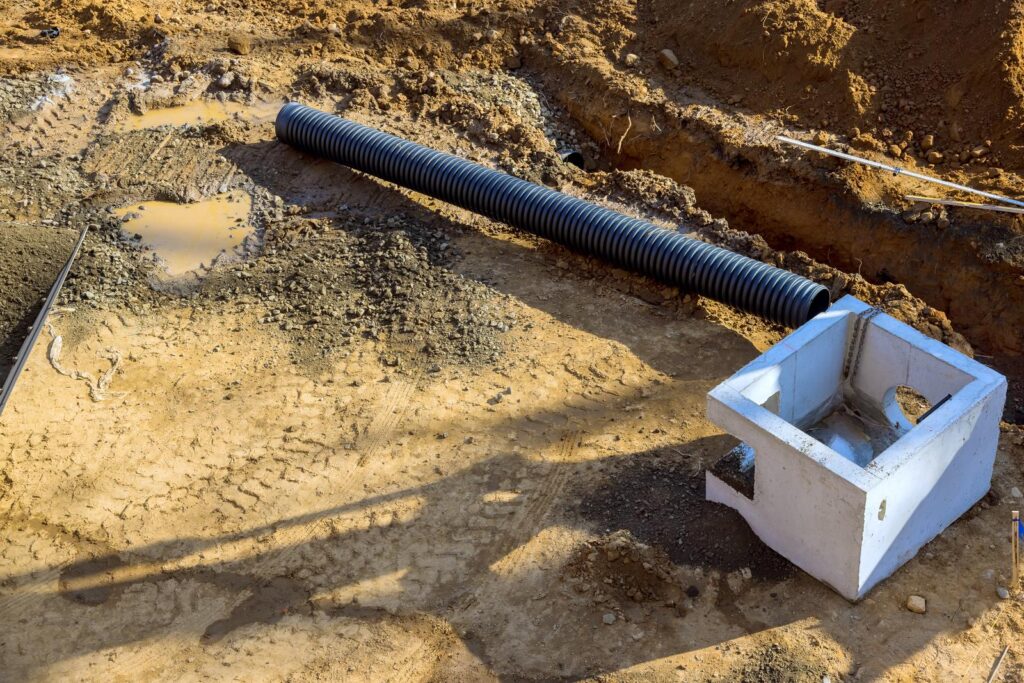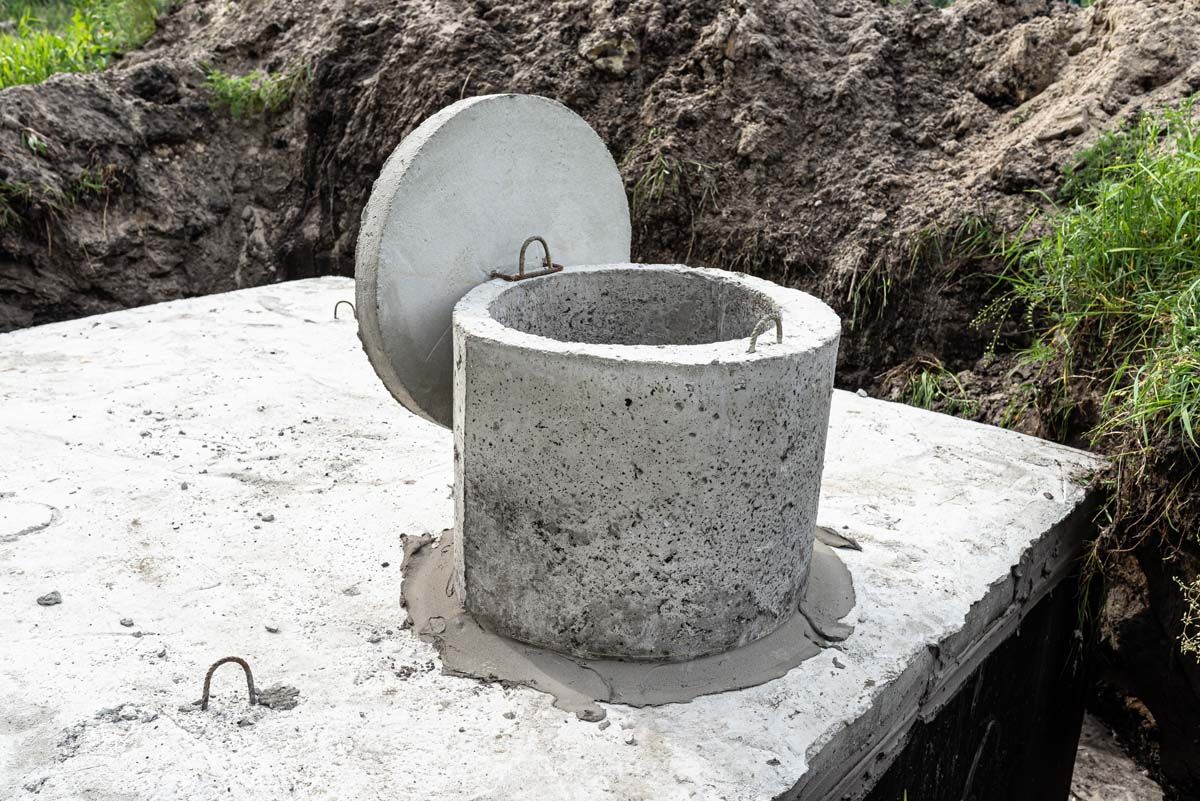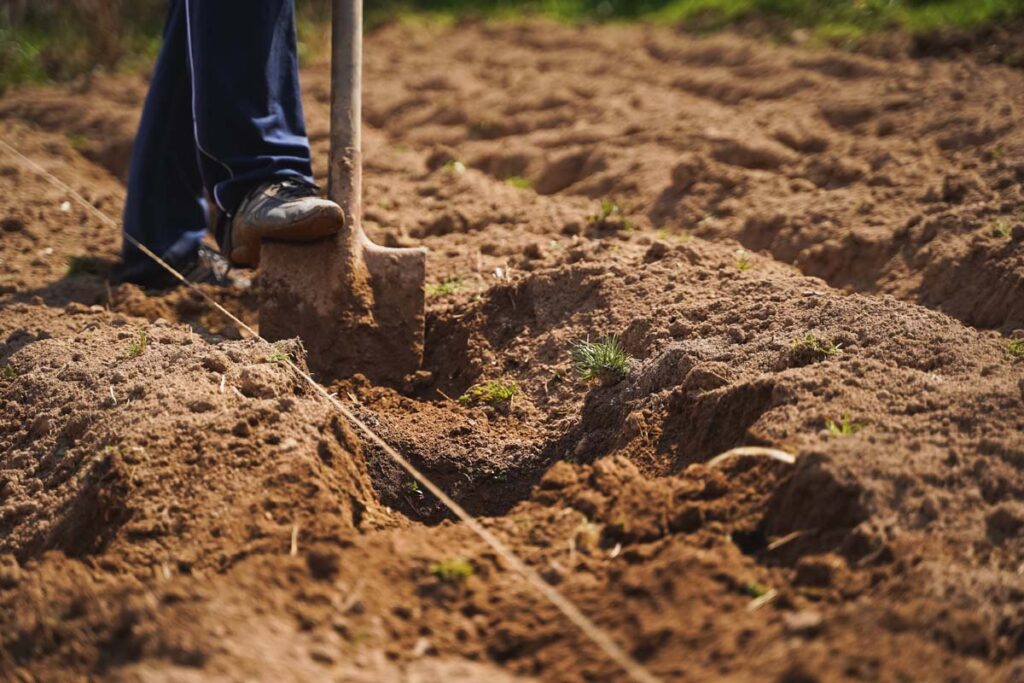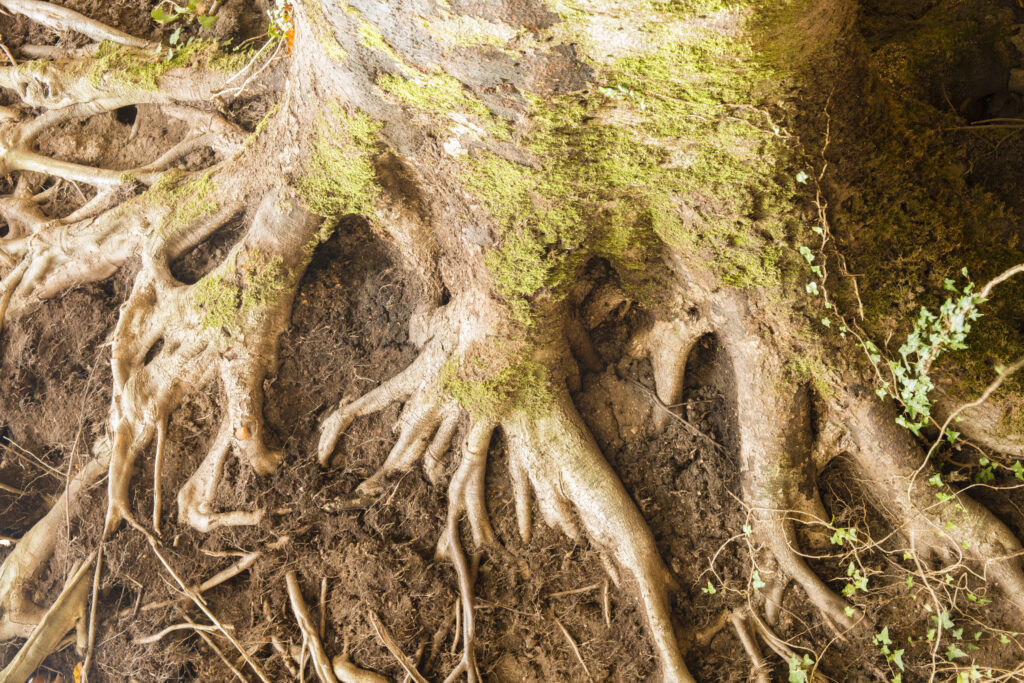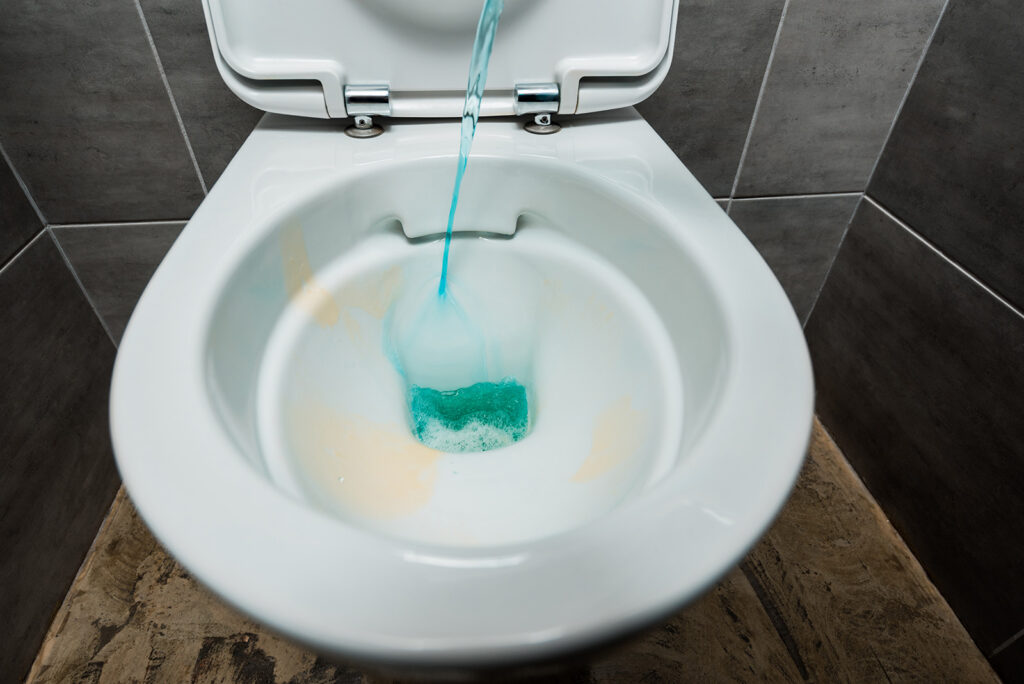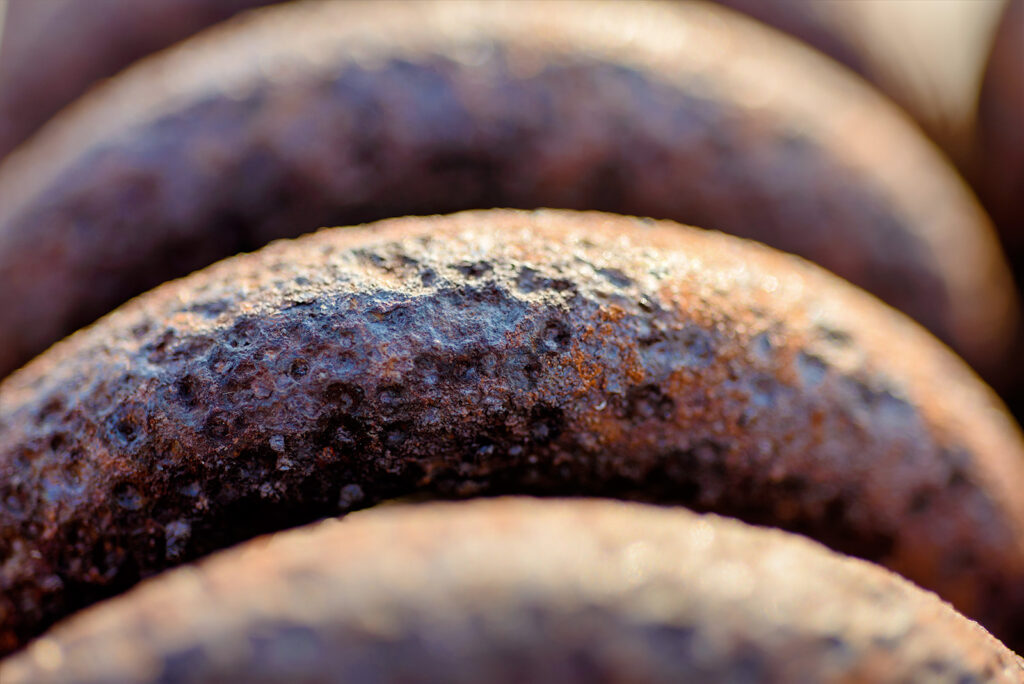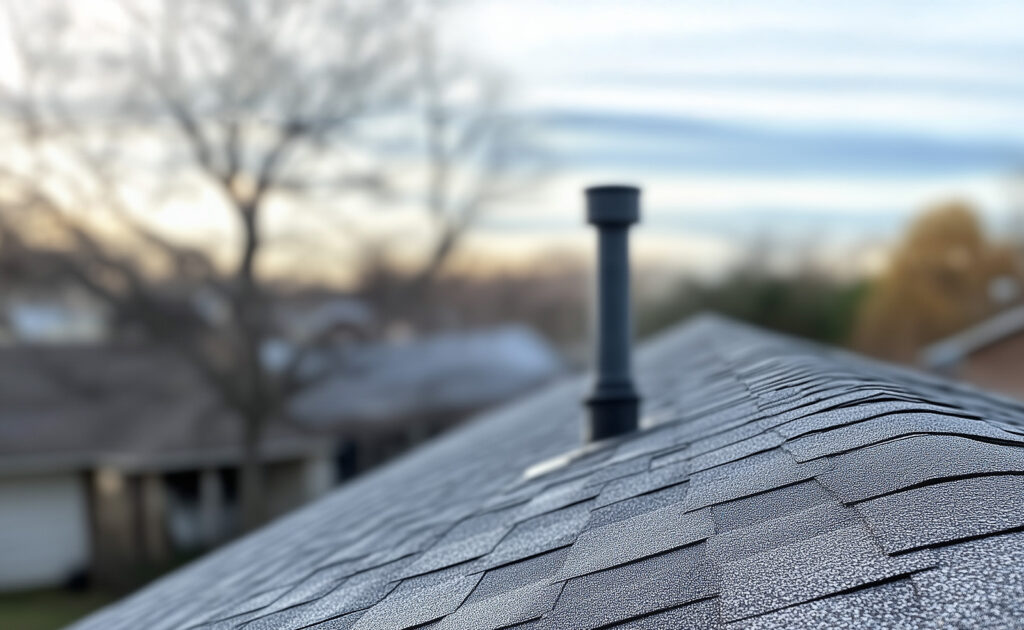What Soil To Use For Grading Around House? (Solved)
If you’ve noticed water pooling near your foundation, chances are your yard needs some grading.
It’s not the most glamorous project, but it makes a big difference in keeping water away from your house. And it all starts with using the right soil.
There’s a bit more to it than just tossing dirt around. Some soils are perfect for shaping and sloping, while others can create drainage problems, foundation damage, or constant rework.
In this post, we’ll shed some light on what soil to use for grading around house.
#1 Fill Dirt
Fill dirt should be your base layer. Think of it as the foundation before the foundation.
Fill dirt doesn’t have a lot of organic material in it, which is exactly what you want. That means it won’t settle or shift much over time. It’s solid, compact, and does its job.
This makes it perfect for getting a good solid base before you add other layers.
Use it to build up low spots or shape the slope away from your home.
Just be sure it’s clean fill dirt – meaning no trash, no roots, no chunks of concrete or random junk. Some people try to save money by using whatever they can find, but that can cause more problems than it solves.
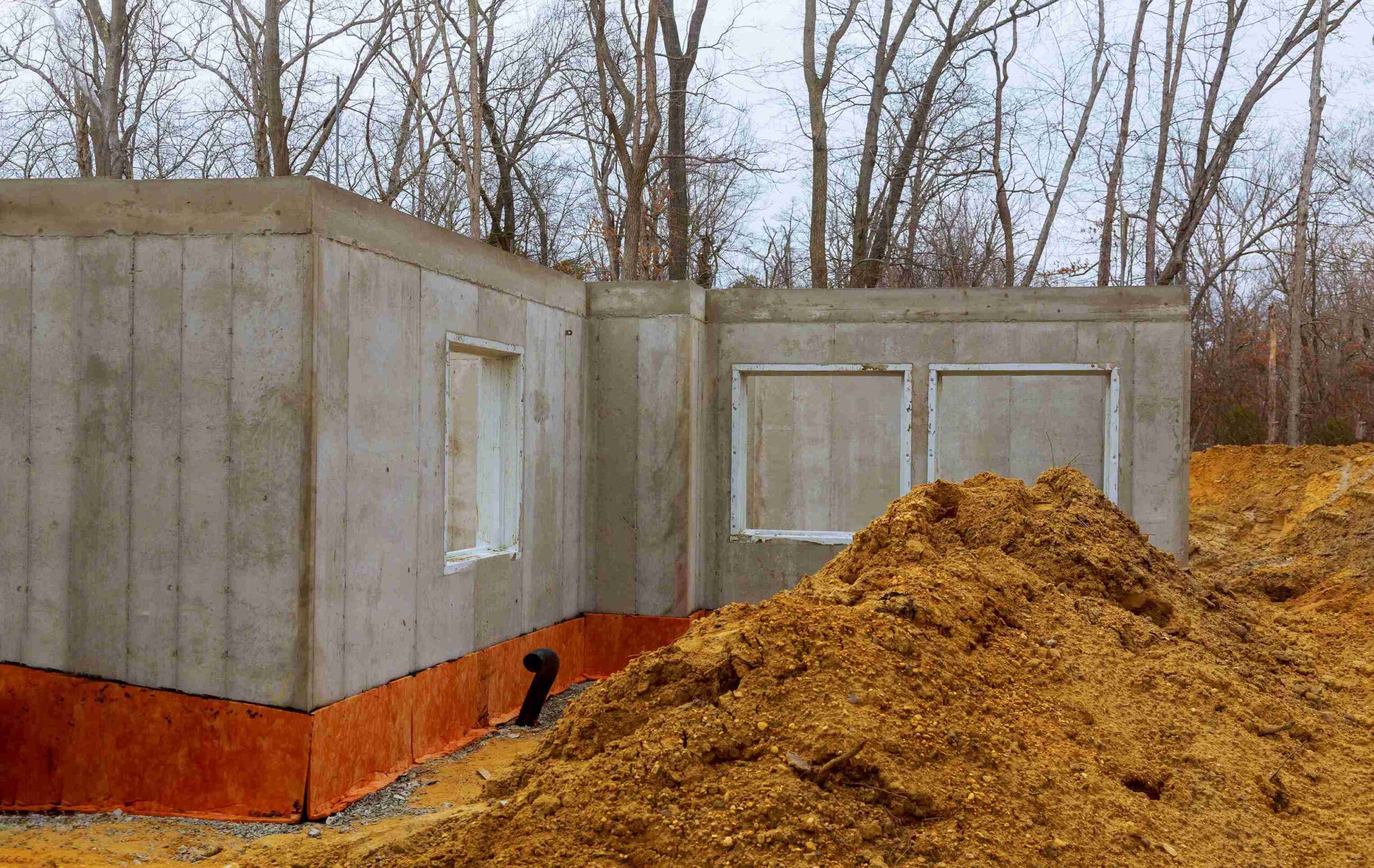
Also Read: How Much Does A Soil Test Cost In Virginia?
#2 Loam
Loam is a nice blend of sand, silt, and a little clay. The texture is soft, but it holds its shape and drains well.
Loam’s biggest perk is how balanced it is. Not too dry, not too sticky, and great for supporting plants and grass once your grading is done.
Now, you wouldn’t want to use loam all the way through your grading project as it’s not stable enough to be the base, but it makes a great transition layer between your compact fill dirt and the top layer.
Plus, if you’re planning to lay down grass or do any landscaping, loam gives it a strong, healthy star
#3 Gravel Or Crushed Stone (For Drainage Layers)
This one’s not always necessary, but it can be helpful if drainage is an issue.
Adding a layer of gravel or crushed stone underneath or mixed into your fill can really help water move away from your home. It keeps water from pooling near your foundation, which is exactly what you’re trying to avoid.
Gravel works well in areas where water collects or where the ground just doesn’t drain easily.
Just don’t overdo it. Too much stone can make it tough to grow anything on top.
#4 Topsoil (For Final Layer)
Topsoil comes last. It’s the cherry on top of your grading project.
After you’ve shaped your grade with fill dirt and maybe a bit of loam, you’ll want to add a couple of inches of topsoil over the top.
This is what your grass will grow in. It’s rich in nutrients and easy to work with.
But here’s the catch – topsoil isn’t stable. You don’t want to build your whole slope out of it. That’s asking for sinking, settling, and a bunch of rework later.
Use just enough to get a good seed bed and help prevent erosion.
A nice, even layer about 2 to 6 inches thick should do the trick.
Also Read: Can I Cover My Septic Tank Lid?
Soil Types To Avoid For Grading
It’s just as important to know what not to use as it is to know what’s good. Some soils are just plain trouble when it comes to grading. Here’s a quick list of the ones to skip:
Expansive Clay Soils
Expansive clay is a big no-no. This type of soil swells when it gets wet and shrinks when it dries.
Imagine that happening around your foundation!
It can cause the ground to shift, which isn’t something you want happening near the walls of your house. Over time, this could lead to cracks or settling issues in your foundation.
It also drains slowly, which means water can sit near your house longer than it should.
If you’ve ever dug into clay and found a soggy mess days after it rained, you know what we’re talking about.
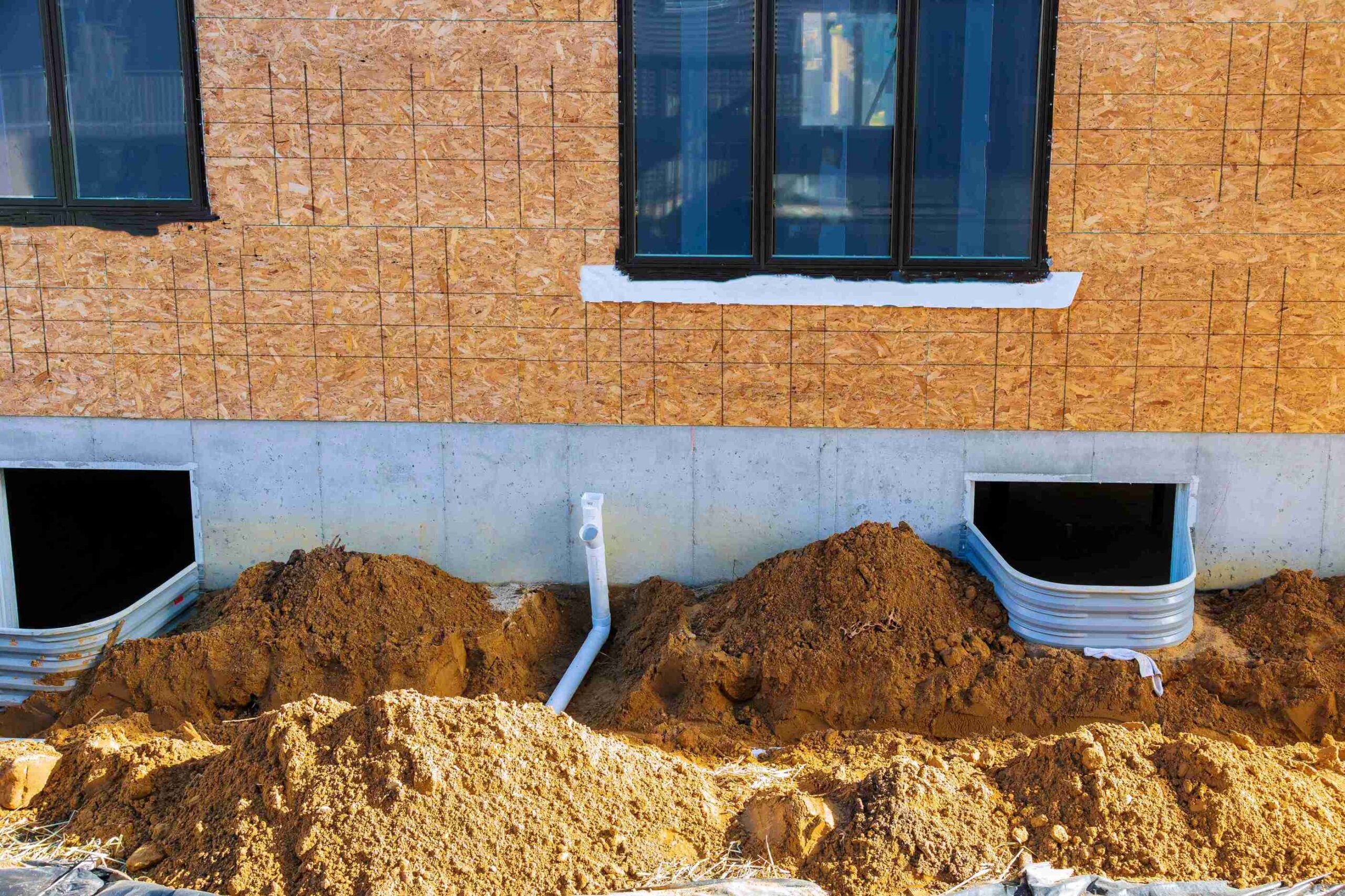
Peat Or High-Organic Soils
Peat and high-organic soils are typically too loose and spongy for grading. Sure, they’re great for gardening and can hold a ton of moisture, but they don’t provide the stability needed for grading.
Over time, these soils break down and lose their structure, which can create uneven areas around your house.
That could result in water pooling near your foundation – exactly what you’re trying to avoid.
Unscreened Fill With Debris
You might think that using a bunch of leftover dirt from somewhere else could save you a few bucks. But, trust us, unscreened fill with debris is a headache waiting to happen.
It could contain rocks, roots, garbage, or other materials that make it difficult to compact properly. This could lead to an unstable surface and uneven settling later.
It’s just not worth the trouble.
If you want a solid foundation for grading, stick with quality materials.
Bagged Topsoil
Bagged topsoil might seem like a convenient option. It’s tidy, easy to handle, and you can pick it up at almost any store. But it’s not built for grading.
Most of what you find in those bags is full of compost or organic matter meant to help plants grow – not to build a slope.
Over time, that organic stuff breaks down and causes the soil to shrink or settle. You could end up regrading the same area over and over. On top of that, using bagged topsoil in bulk gets expensive fast.
Use it in gardens or flower beds, but leave it out of your grading plan.
Also Read: How Much Does It Cost To Pump A Septic Tank In Virginia
Gardening Mixes With Peat Or Mulch
If it says “potting mix” or “garden soil,” skip it for grading.
Gardening mixes that contain peat or mulch are best for flower beds or potted plants, not for grading. These blends are designed to hold water and stay fluffy. That’s the opposite of what you want near your house.
Plus they don’t compact well and don’t drain efficiently either.
Great for plants. Terrible for slope control.
Over time, they break down and settle, which can lead to erosion or uneven ground.
Bottom Line
Grading around your house might sound like a lot of work, but it’s totally worth it.
Use fill dirt to shape the slope, add loam if you want something plant-friendly, and finish off with a layer of topsoil. If drainage is tricky, toss in some gravel underneath.
Stick to these solid, compactable materials and stay far away from anything that holds water, breaks down, or contains random junk.
A little planning now can save you from soggy basements and cracked foundations later.
